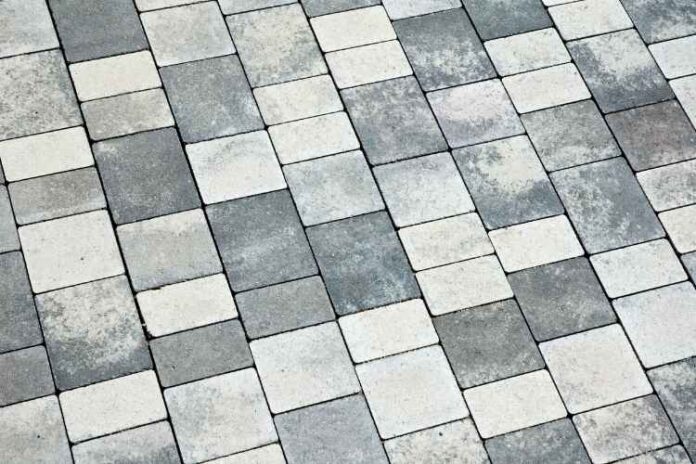If you have a driveway, patio, or walkway made of pavers, it is important to choose a suitable sealer. A sealer is essential to keep the pavers looking fresh and protected. However, if you get it wrong or do not use a suitable sealant for your project, then disaster can occur. So, this article will give you tips on avoiding a paver sealer disaster and keeping your pavers looking great for years to come.
1.Make Sure That You Inspect the Sand Base Before Sealing
Inspect the base thoroughly before sealing. Make sure that there are no cracks, weeds or mould growing in the sand. And if you find any of these things, it’s best to take care of them before applying a sealer.
You can use a broom to remove dirt and debris from the surface of your pavers. But if they need better cleaning (for example, if they’ve been exposed to harsh elements such as salt or chemicals), this should be done by using an appropriate cleaning agent on them.
2.Know What Type of Sealer to Use
You first need to know what a sealer is and why you would use one. A sealer is an application of paint or stain that protects the surface of your pavers. It keeps out moisture, dirt and other contaminants that can cause staining and discolouration as and wear down your pavers.
A high-quality paver sealer will protect against UV rays that cause fading over time and prevent mould growth and mildew in your patio or pathway area. So, you can choose from two main types of sealers: acrylic latex or oil-based polyurethane varnish. Acrylic latex sealers are water-based products, so they are easy to apply but don’t last as long as oil-based polyurethane varnishes do because they tend to wash away more easily with rainwater runoff over time.
3.Make Sure You Clean Your Pavers Before Applying a Sealer
If you’re planning to apply a sealer to your pavers, starting with a clean surface is essential. Pressure washing your pavers is the best way to ensure they are free of dirt, grime and mildew.
So, using a pressure washer is also one of the safest ways to clean your pavers. This allows you to control how much force is applied in order not to damage or wear out any spots on the surface where there may be cracks that could lead to water seeping into them over time. However, if you don’t have access to a pressure washer, then non-abrasive cleaners like bleach will suffice as well but make sure not to use it on concrete pavers; instead, choose plastic/synthetic ones, which can be found at most home improvement stores.
4.Dealing With Mould, Mildew, and Weeds
Mould and mildew growth can be an issue with pavers, but they’re not hard to deal with. And if you have any mould or mildew on your pavers, you must clean it off as soon as possible. You don’t want to leave the mildew there because it can cause permanent damage to your stone or concrete.
It’s also important to remove weeds from around your pavers. And if left alone, weeds will grow over time and become a problem in the long run. They can also block sunlight from reaching your paving stones, which means they won’t look as good anymore.
Luckily, there are several ways to deal with both problems: pressure washing is one way to clean off mildew on concrete surfaces like patios; pulling out weeds manually is another option for keeping them under control.


























